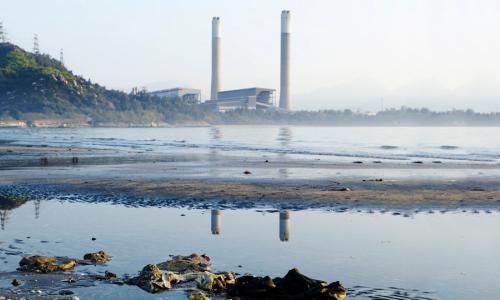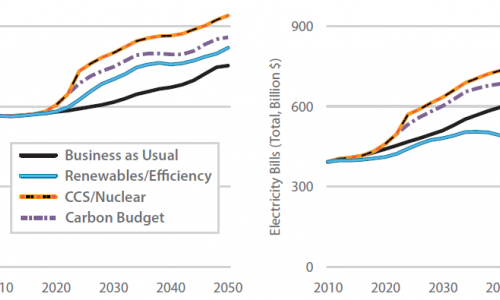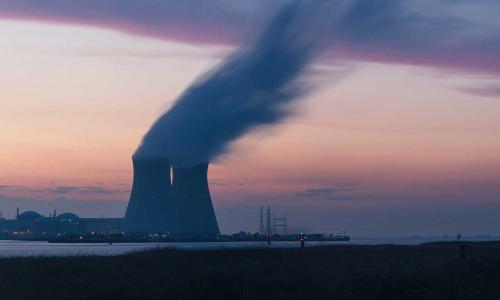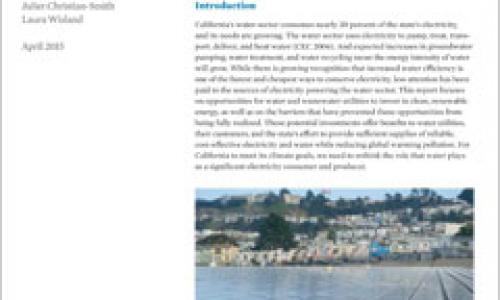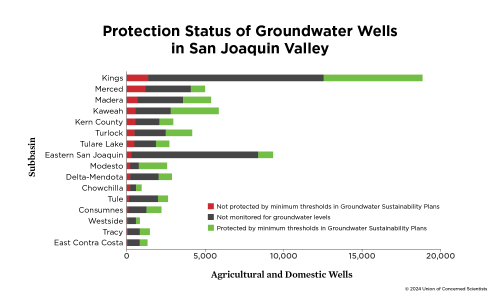Most of us understand how installing a low-flow showerhead or turning off the water while brushing our teeth makes sense for saving water. But what if buying an efficient refrigerator or installing energy-efficient lighting was just as connected to saving water? And what if those water-efficient choices also meant using less energy and causing less carbon emissions?
As it turns out, water and energy are intertwined. Producing energy uses water, and providing freshwater uses energy. Both these processes face growing limits and problems.
In most power plants, water cools the steam that spins the electricity-generating turbines. Refining transportation fuels requires water, as does producing fuels—for example, mining coal, extracting petroleum, or growing crops for biofuels. Using water in our homes and businesses requires getting it there, treating it, heating it, and more.
Because of these links between energy and water, problems for one can create problems for the other. In places where using energy requires a large share of available water, or where water resources are scarce or stressed by competing pressures (such as the needs of farmers or of local ecosystems or, increasingly in many parts of the United States, by climate change), the energy-water connection can turn into a collision—with dangerous implications for both.
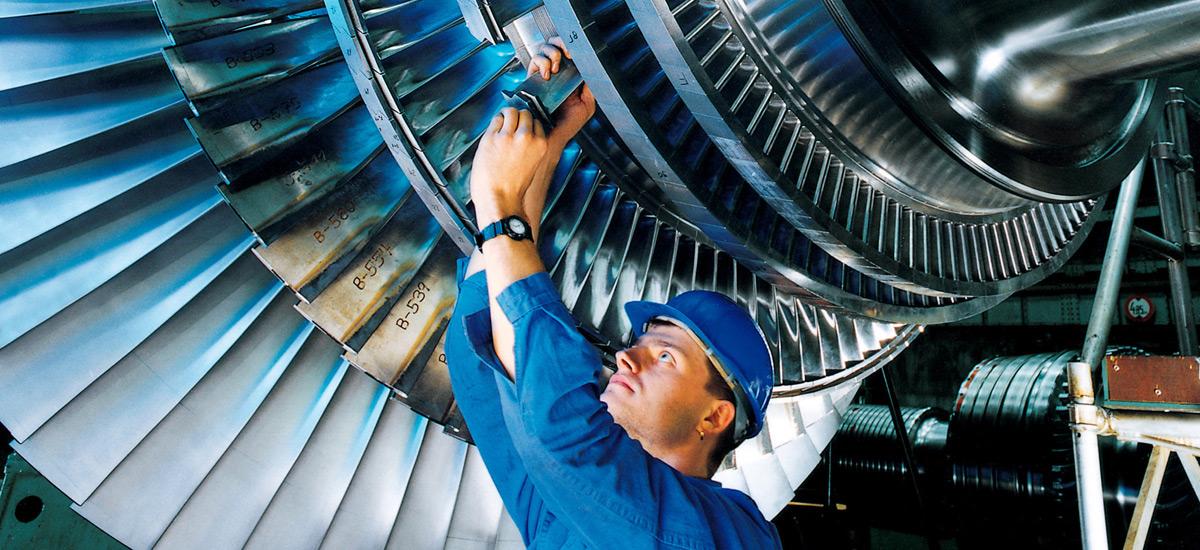
How it works
Almost all major sources of electricity rely to some degree on water. Most power plants generate heat from their fuel (by burning coal or natural gas, for example, or by maintaining a fission reaction), and use that heat to boil water, produce steam, and turn turbines. Water is also used during various stages of energy-related resource extraction, processing, and waste disposal.
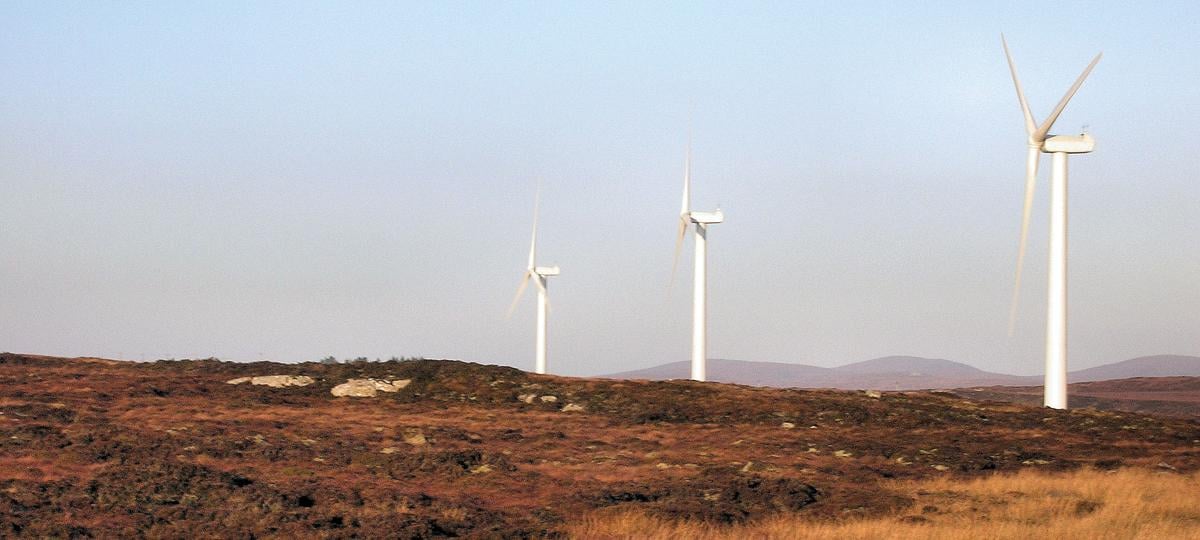
Solutions
A number of technologies offer strong opportunities to address the water-related impacts of our energy use. One of the easiest solutions is also the most cost-effective: using less electricity or transportation fuel by making appliances, buildings, and vehicles more efficient.
Using renewable energy technologies such as wind and photovoltaics means doing away entirely with water use for electricity production. Retrofitting old coal or nuclear plants with more water-efficient cooling technologies could increase water consumption, potentially even doubling it, but could reduce water withdrawals by two orders of magnitude.
Given the many connections between energy and water, the choices we make in the near future about how we produce and use energy will determine not only the extent to which we mitigate the worst impacts of climate change, but also how resilient our energy system is to the variability of our water resources and the many competing demands for it.
Smart choices now will mean lower risks, greater energy security, and strong environmental and economic benefits.
